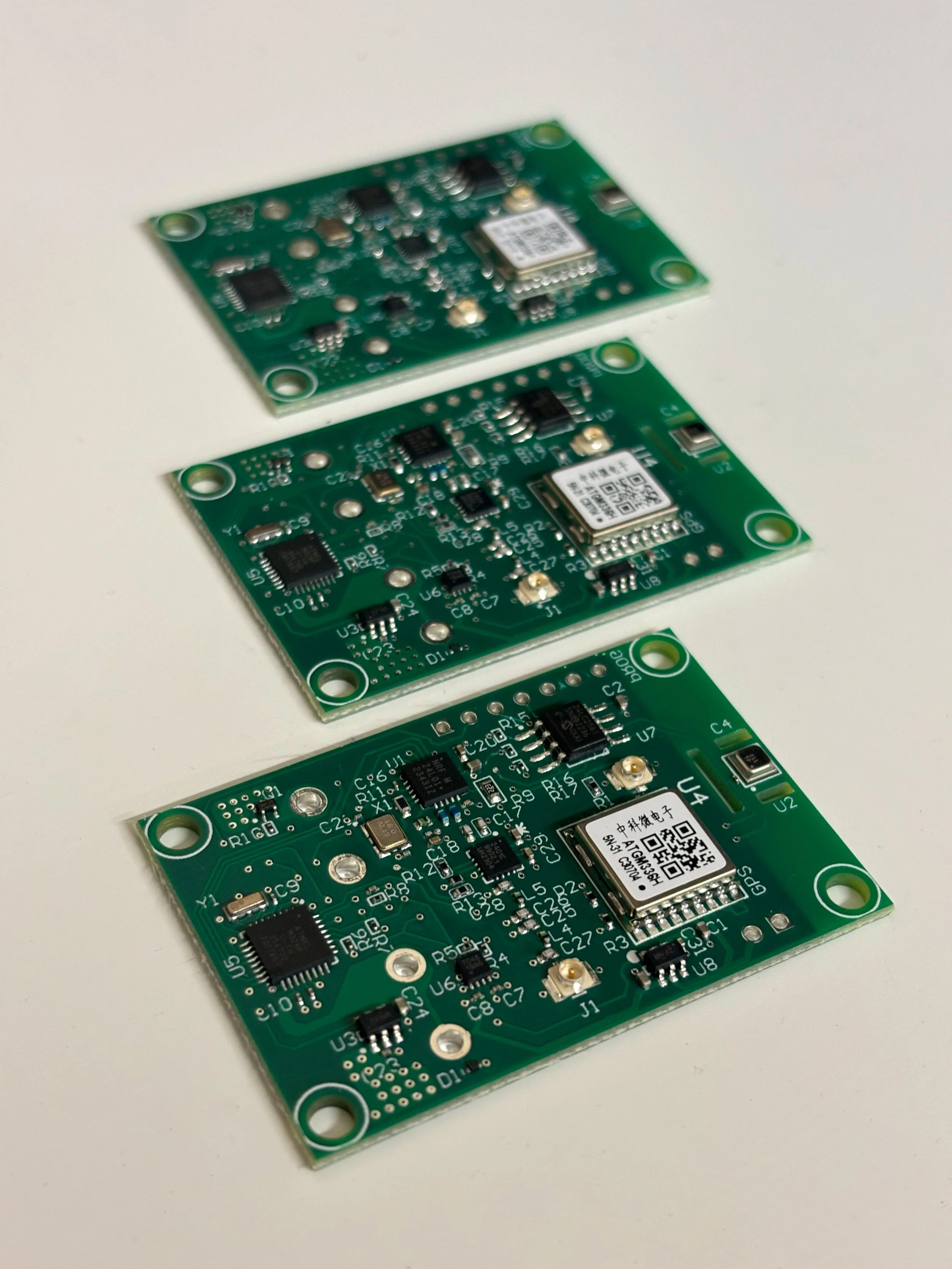Case Study: Development of an IoT Wildfire Early Warning System
At ZTPrototypes, we pride ourselves on transforming innovative ideas into tangible solutions. Our recent collaboration with an international client to develop an advanced Internet of Things (IoT) device stands as a testament to our technical capabilities. This case study outlines the intricate journey we undertook to create a comprehensive environmental monitoring system designed specifically for wildfire early detection in remote regions of the world.
Our client, a pioneering organisation in environmental safety, sought to address the growing concern of wildfires across Canada. Recognising the need for timely intervention, they envisioned an IoT solution capable of monitoring environmental parameters in real-time with a central processing hub. The challenge was not just technological; it required a deep understanding of geographical factors and remote operations
The primary goal was to develop a fully integrated system that would enable the monitoring of temperature, humidity, and various air quality parameters which are all crucial indicators for wildfire potential. The system comprised of a large number of sensor nodes, gateways and a cloud backend for data processing and visualisation. The long term aim was to analyse and detect trends over time which correlate to wildfire occurrences, ensuring that early warnings could be transmitted to local authorities and communities.
We adopted a holistic approach, integrating hardware, software, and cloud architecture design to ensure seamless functionality and reliability. Our process can be outlined in several phases:
We initiated the project with comprehensive discussions to understand the client’s vision, technical specifications, and user requirements. This collaborative effort allowed us to define the project scope clearly while identifying potential challenges and providing technical insights.
Prototyping: During the prototyping phase, we leveraged existing modules to expedite development, while still ensuring robust functionality. By integrating tried-and-true components for hardware and software, we created a streamlined framework that facilitated real-time data collection and analysis in the clients desired format. This approach was iterative and enabled us to focus on refining the device's unique features and ensure that the final design would meets our client's specifications and requirements.
Hardware Development: Our engineering team designed a robust hardware platform based on the developed prototype. The device was powered from a single 3V battery and was optimised for low power consumption to ensure longevity in remote locations where power sources are scarce. Other critical design elements included the two RF front ends – one for 2.4GHz wireless communication and another for GPS functionality. It was crucial to get these elements correct as the overall functionality relied on them. Finally, PCB layout design techniques were implemented to minimise thermal and electrical noise effects on the sensor itself, enabling a higher measurement accuracy.
Cloud Integration & Software Architecture: Simultaneously, our software engineers developed a customisable, user-friendly interface that facilitated real-time monitoring and data visualisation. Behind the interface, the cloud backend was running custom software on a remote server which would decode data payloads from the sensors and forward the relevant data to the correct part of the user interface. Deploying custom software on a server enables the system to scale automatically and reduces the software requirements of the hardware, enabling a longer battery life of the sensors and a faster firmware development process.
Testing and Deployment: Rigorous testing phases were essential to ensure the effectiveness of the entire system. From data throughput tests to determine the maximum number of wireless connections supported by each gateway, to power consumption measurements – all of the tests were development with the aim of verifying that the product meets a specific requirement. Once verified, we were able to ship the devices to the client who successfully deployed a full system test.
The deployment of the IoT device significantly enhanced the ability to monitor environmental conditions in remote regions prone to wildfires, especially with the development of custom data algorithms. The system’s ability to capture real-time data will allow local authorities to receive timely alerts, enabling swift action and increasing the likelihood of preventing catastrophic wildfires. The engagement fostered by this project has opened new avenues for our client to expand their efforts, reinforcing their position as a player in environmental monitoring initiatives.
ZTPrototypes is dedicated to pushing the boundaries of what is possible through innovative product development. Our successful collaboration on this IoT system exemplifies our expertise in delivering comprehensive solutions tailored to meet the unique challenges of our clients. We invite other organisations seeking to harness the power of product development to connect with us. By partnering with ZTPrototypes, you can invest in the future of your business and ensure your projects are designed for success in an increasingly complex world.
For more information on how ZTPrototypes can help your organisation develop custom solutions, please get in touch via email or our online contact page. Let us bring your vision to life.


